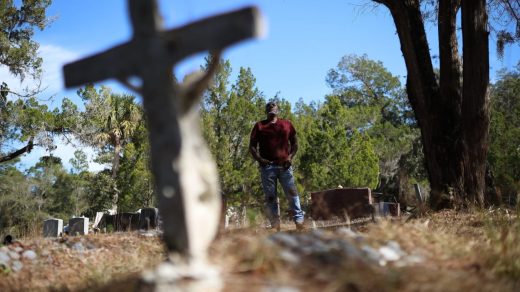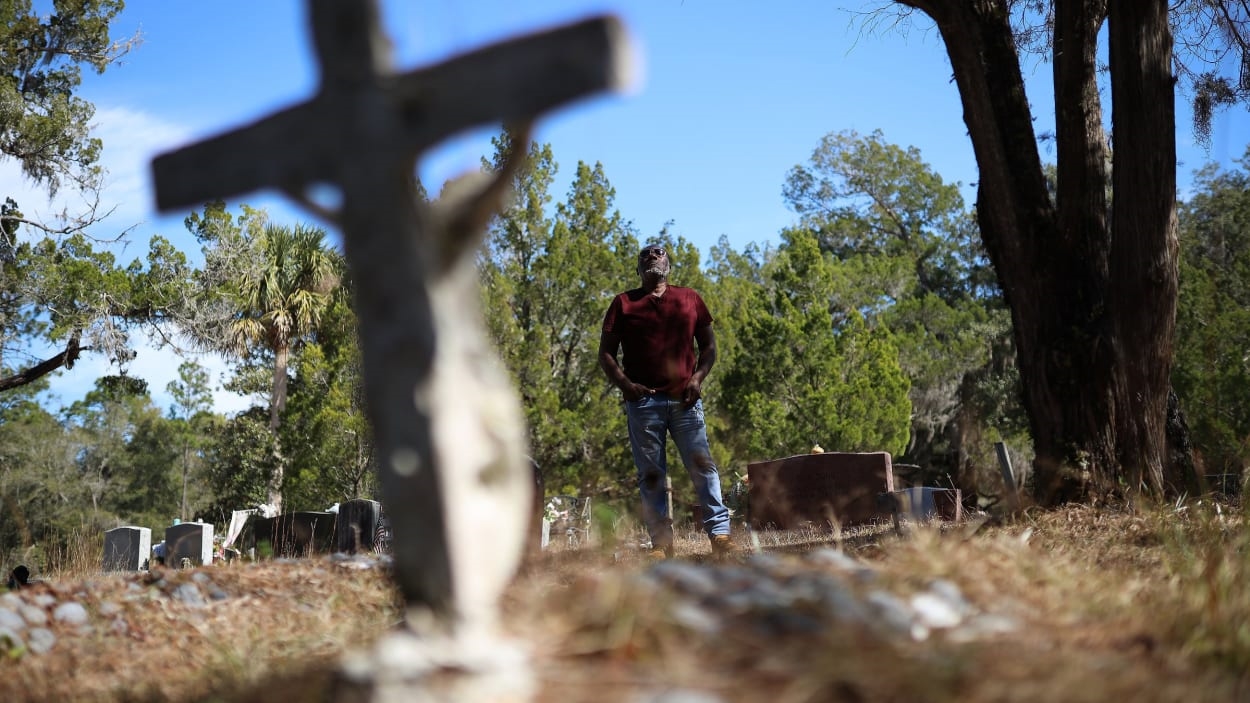A 1923 massacre wiped out a vibrant Black town. New Florida laws make it hard for kids to learn about it
This story is part of an ongoing series about Florida Governor Ron DeSantis’ policies and how they impact the people in his state. For full coverage, click here.
Last year, in the deserted town of Rosewood, Florida, a man in a pickup truck drove by and yelled racist obscenities at Marvin Dunn, a Black former professor who owns five acres of land there. Then, the man sped at Dunn, almost striking his son.
It was a glaring reminder of the overt racism still present across America, especially given the very reason Dunn bought the land a decade ago: to restore and preserve an abandoned town where a massacre of Black residents by a white mob took place exactly 100 years ago.
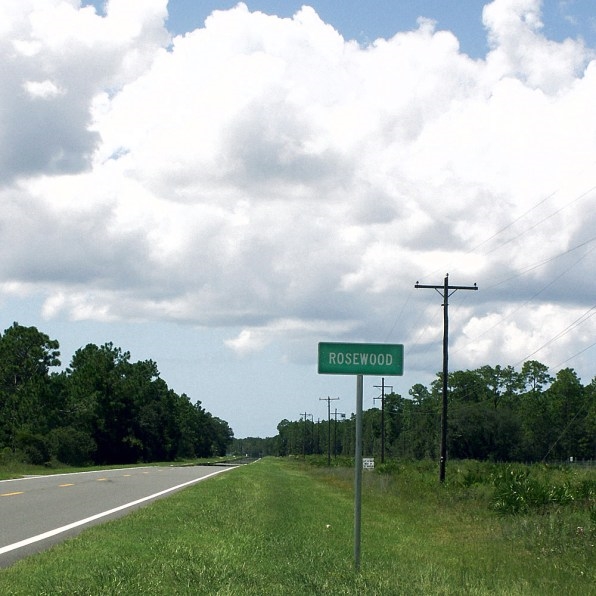
Though the Rosewood massacre is an instructive part of Florida’s history, it’s not widely known, or taught in most schools. But this year marks the 100th anniversary of the racist violence against Black residents of a small, rural town. As anti-Black racism continues to plague America today, from police brutality to the arrests of Black voters, Rosewood’s descendants and researchers believe Floridians should learn about the event in order to better understand persistent racial disparities.
In the early 20th Century, Rosewood was a small and quiet town, a railroad “whistle stop” about an hour southwest of Gainesville. The population of 638 was majority Black, and relatively prosperous, built principally around two Black families who owned turpentine mills. The town had schools, churches, two general stores, and a baseball team, the Rosewood Stars.
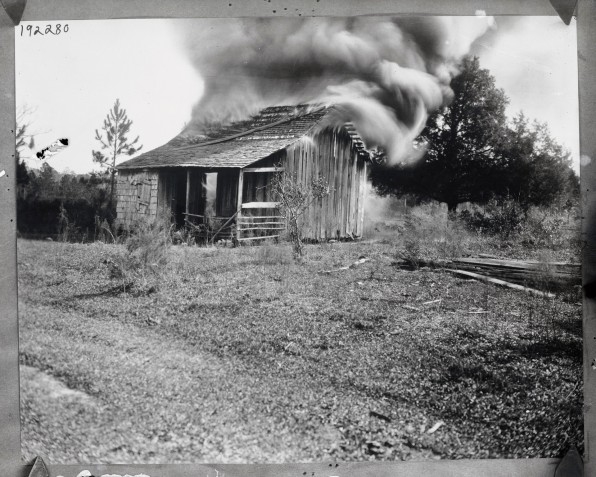
In January 1923, a Black drifter was accused of assaulting a white woman in Sumner, a mile away. In response, a mob of white vigilantes lynched a Rosewood blacksmith who was supposedly hiding the drifter. As people attempted to flee and hide in nearby swamps, the crowd—now between 200 and 300 people—stormed and ransacked Rosewood. Despite some resistance, they shot at people fleeing, and burned down homes, churches, and eventually the whole town.
In the immediate aftermath, residents fled, leaving the town completely deserted. Eight people were confirmed dead, but modern estimates are closer to 40. “This small, self-sustaining community was destroyed,” says Maxine Jones, a history professor at Florida State University in Tallahassee. A grand jury never made any prosecutions.
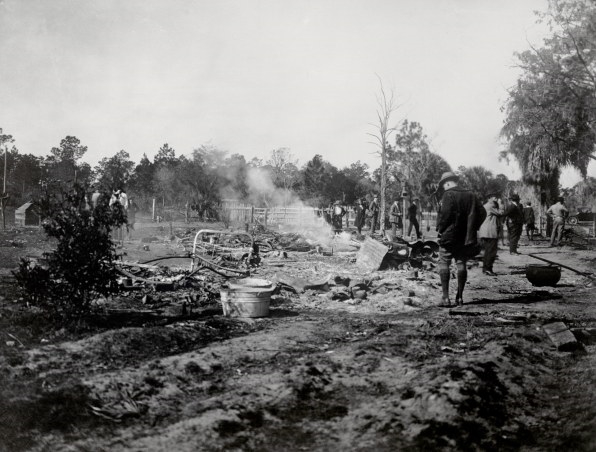
A lost history is found again
In 2004, Rosewood was declared a heritage site, and this past January, a wreath-laying ceremony marked the centennial. Ving Rhames and Don Cheadle also starred in a 1997 movie about Rosewood. But these relatively recent recognitions came after a long period of silence.
In the decades following Rosewood, much of the history was lost, because survivors rarely talked about it. Jonathan Barry-Blocker, whose grandfather survived the massacre, is a law professor at the University of Florida. He says people didn’t want to relive the trauma by discussing it; his grandfather, who fled Rosewood at 13, hardly spoke a word about it.
Perhaps more pressingly, the silence was a way to literally survive. Rosewood was hardly an isolated incident; it came at the height of racist violence in the Jim Crow south, in a period when the Ku Klux Klan was at peak membership, and lynchings were prevalent. Massacres took place across the country, most famously in Tulsa, Oklahoma, where a prosperous community known as Black Wall Street was burned to the ground.
“If [Black communities] were a little too affluent for the times, or the denizens were a little too outspoken or confident,” Barry-Blocker says, “you ran the risk of being either run out of town, killed, or just economically decimated.”
Florida itself had multiple violent episodes. In Ocoee, now a suburb of Orlando, 30 to 35 Black people were killed on the day of the 1920 presidential election, largely in an effort to prevent them from voting. In the 50-year period from 1880 to 1930, Florida had the most lynchings per capita. Lynchings commonly included Black veterans of the world wars; in the small town of Newberry, one of six lynchings included a pregnant woman.
People knew that speaking out could encourage more violence. “It was like a rinse-and-repeat thing,” Barry-Blocker says. “In the Deep South, if you suffered violence, you just shut up and tried to blend in to the best of your ability.”
Rosewood made history in that it was the first time a state government financially acknowledged violence against Black Americans, after survivors and descendants rallied for restitution in 1993. Jones, the history professor, was one of the academics who wrote a historical report to document it for the state.
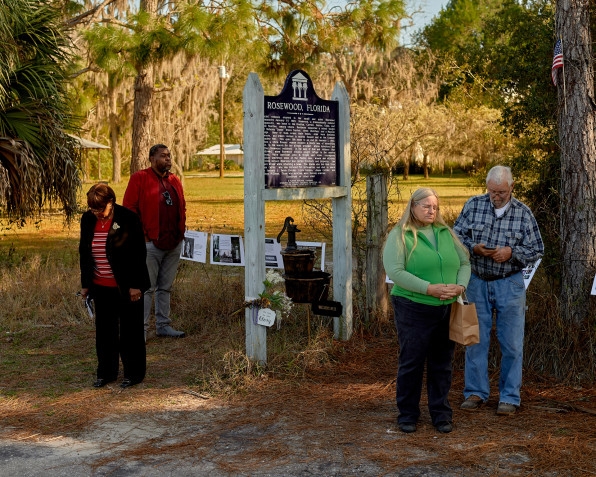
The following year, Florida passed the Rosewood Compensation Bill, a fund of $2.1 million, offering $150,000 to anyone who could prove ancestral land ownership there at the time. Only nine people received the full amount. Later, a scholarship fund made up to 50 descendants per year eligible for subsidized tuition to public universities.
Barry-Blocker says it was “phenomenal” work to have it addressed, but his grandfather’s claim was rejected because he didn’t have proof of any property. He says they didn’t see real justice in the form of accountability and proper financial redress, but admits assessing culpability is difficult now, generations later, when the original perpetrators and victims are long gone.
Retelling real history faces hurdles
For Jones, the answer isn’t about money. “I don’t think reparations is necessarily handing somebody a check,” she says. “There’s no way to really compensate for the psychological trauma that was passed down from generation to generation.” It’s more about having people finally tell the story after a century so that people are aware of it and can have much-needed conversations about race in America.
Part of the 1994 bill was a stipulation that Florida public schools teach about Rosewood, but there’s little evidence that they do. Barry-Blocker never learned about it. In St. Petersburg, Matthew Maichuk, a father of two, said he didn’t know anything about it until long after his school years. “That’s Florida history,” he said. “That’s here. It shouldn’t be whitewashed.”
More recently, in 2020, it was Governor Ron DeSantis who declared a remembrance day for the Ocoee massacre, and ordered all public schools to teach about it. But since then, seemingly for political reasons, DeSantis has severely restricted teaching about racist episodes of American history. The Stop WOKE Act eliminates any instruction that would make students feel guilty or uncomfortable, which makes discussions about concepts like reparations almost impossible. Two years after his Ocoee declaration, DeSantis vetoed a budget that would finance a documentary about the episode for schools.
Teaching about Rosewood and other events would offer an insight to the current issues in America. It would help illustrate the roots of police brutality, and why many Black people often have a distrust of law enforcement and government, Barry-Blocker says. The Ocoee massacre can help Americans understand why protecting voting rights is so imperative.
It would also help show how today’s massive racial wealth gap has roots in incidents like Rosewood, where white people destroyed or stole Black-owned land and property. “It’s not because Black people are inferior or lazy,” Jones says, “or any of the other reasons society has used to account for why Black is the face of poverty in this country.”
If the state is unwilling to educate about the past, or forces educators to water it down, then other organizations can play a role, Jones says. Marvin Dunn, the professor who owns the five acres in Rosewood, has spent time clearing the brush and restoring the area for tourists. He now runs visits of the site as part of statewide “Teach the Truth” tours that he offers for high school students.
Many of the students are Black—and it’s just as important, Jones says, for them to know their own history and what they’ve overcome. “It can’t just be about what happened to Black people,” she says. “It has to also be about Black resilience, and how Black people survived in spite of racism and oppression. How they made a way out of no way.”
(10)

